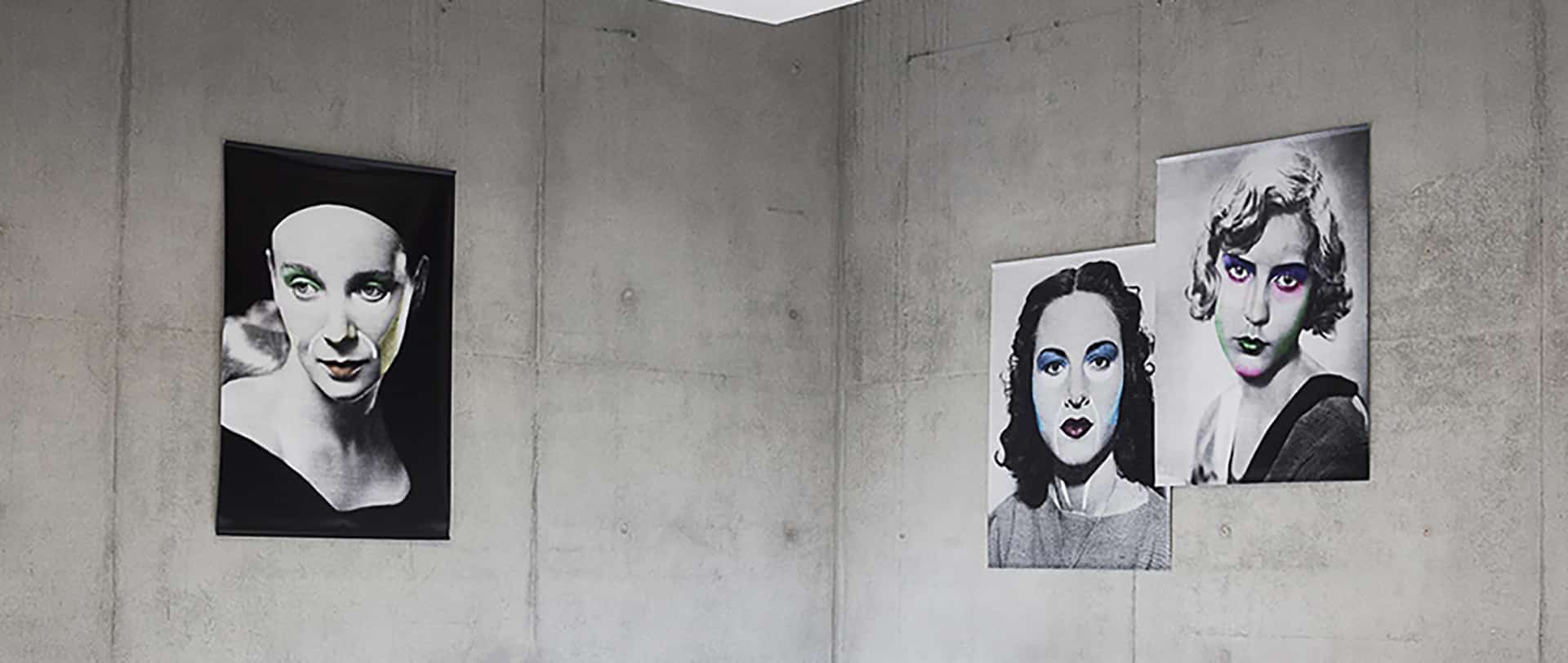How can one evoke a current topic by using archival images? This is precisely what Hélène Bellenger’s series Les Corps dociles [The Docile Bodies] has achieved. In the age of the Weinstein affair and #MeToo, mournfully comical faces portrayed by the young photographer acquire an aura of embarrassment. It was while conducting extensive research work in the archives of the Toulouse Cinémathèque, as part of the 1+2 Factory residency, that Hélène Bellenger developed her project about archetypal constructions of female representation in the cinema of 1920–1950.

You’re getting blind.
Don’t miss the best of visual arts. Subscribe for $9 per month or $108 $90 per year.
Already suscribed ?



